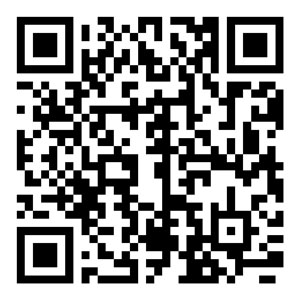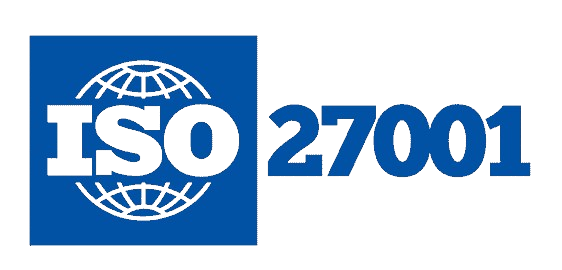Software
Strategie
Weil dynamische Veränderungen verursacht durch neue Software strategisch gut geplant sein müssen.

Entwicklung software-orientierter Strategien
Die Einführung und Vernetzung von Software bringt Veränderungen mit sich. Sowohl direkte als auch indirekt, deren Auswirkungen sich dynamisch und mit unterschiedlicher Gewichtung entwickeln. Wir bieten Ihnen die notwendigen Einblicke.
Abhängig von den Spannungsfeldern, ergeben sich Fragen bei der Planung neuer Software, der Anpassung bestehender Software und der Verbindung unterschiedlicher Applikationen untereinander, oder auch mit Systemen von Partnern. Einige relevante Fragen wären:
- Wie beeinflussen Märkte sowie andere Organisationen die zukünftige Entwicklung Ihres Unternehmens und wie kann die Software darauf reagieren?
- Üben andere Konzerne Anpassungsdruck auf Ihr Unternehmen aus?
- Haben Sie das Organisationsmodell eines anderen Unternehmens als Vorbild und streben eine Angleichung an?
- Gibt es von bestimmten Kern-Berufsgruppen innerhalb Ihres Unternehmens Bedürfnisse, die sich auf die Struktur Ihres Unternehmens auswirken?
- Aktuelle Gesetzgebungen u. die Flexibilität auf Änderungen zu reagieren (z.B. DSGVO, Produkthaftung, Lizenz- und Kartellrecht)
- Wie und wo werden die Mitarbeiter Ihres Unternehmens zukünftig arbeiten? Auch Auswirkungen auf länderspezifische Sozialversicherungs-Regelungen
- In welcher Art verändern sich Ihre Schlüssel-Märkte und welche Bedeutung hat dies für Ihre Branche?
Strategische Spannungsfelder
bei der Einführung neuer Software
In Zeiten der Automatisierung, die sich partiell disruptiv auswirkt, gelten die Regeln der rationalistischen Organisationsformen, innerhalb derer die Unternehmen die Strukturen vorgeben, nicht mehr. Die Grenzen zwischen Mikro-, Meso- und Makro-Ebenen werden fließend. Wie die Struktur einer Organisation auszusehen hat, wird heutzutage zunehmend von außen herangetragen. Die Leistung Ihres Unternehmens muss in der Schöpfungskraft liegen, sich dieser Dynamik anzupassen. Dies erfordert hoch-flexible Software, Schnittstellen, Systeme und Prozesse. Das gilt nicht nur für die Einführung unternehmensweiter ERP-Software, sondern auch für Software, mit der vermeintlich nur eine Abteilung arbeiten soll.
Die Einführungen neuer Software
bringt Veränderungen mit sich
Every software introduction brings change – regardless of whether standard or individual software is introduced. HighPots looks at the introduction and the associated opportunities and risks with foresight.
Farsightedness does not only mean that we define the software functionalities in such a way that they meet future requirements through the stress fields. It also means that the possibilities to remove the software from operation are taken into account during the planning.
Vernetzung
Bereichs- oder Organisations-übergreifender Informationstransfer
Moderne Software wird über Schnittstellen mit anderen technischen Systemen oder mit Menschen vernetzt. Doch die Rollen sind dynamisch. Menschen können mal Lieferant mal Kunde sein.
Ebenso verhält sich das Rollenverhalten zwischen Organisationen. Dies bringt hohe Anforderungen hinsichtlich des Schnittstellendesigns mit sich. Verbindungen zu neuen Kunden, Lieferanten und Partnern müssen schnell, am besten in Echtzeit, etabliert werden können. Und ebenfalls wieder gelöst werden. Zunehmend entscheidet Software selbständig, welche Verbindungen wann aufgebaut, oder gelöst werden.
Zwischen den Systemen werden Daten ausgetauscht. Hinsichtlich des Datenschutzes, sowie der Datennutzung und den neuen sich daraus ergebenden Möglichkeiten und Geschäftsmodellen muss Softwaredesign im Rahmen der Einführungs-Strategie definiert werden.
Personal
Neue Software verändert die Arbeitsweise
Bei der Einführung neuer Software werden zumeist auch Prozesse verbessert. Diese verbesserten Prozesse werden durch die Software elektronisch abgebildet. Prozess-Verbesserungen gehen einher mit Effizienzsteigerungen. Ehemals manuelle Arbeitsschritte werden von der Software erledigt. Dabei entstehen viele Daten und somit neue Aufgaben für die Mitarbeiter. Die Auswertungen und Analysen der Daten müssen gelernt werden, doch die Software muss die Kreativität der Mitarbeiter unterstützen, um aus den Daten die relevanten Informationen auszulesen. Nur dadurch kann die Abteilung, oder der jeweilige Bereich in dem die Software eingesetzt wird, die Chancen nutzen. Chancen in Form von Entdeckung neuer Geschäftsfelder, Steigerung der Effizienz damit ggf. wegfallende Stellen nicht neu besetzt werden müssen und die Identifikation von Möglichkeiten zur permanenten Verbesserung der neuen Software.
Stechen Sie heraus
In Zukunft wird Ihre Organisation mehr leisten müssen, um sich vom Wettbewerb deutlicher abzuheben und um neue umsatzstarke Geschäftsfelder zu entdecken. Doch ebenso, um frühzeitig schrumpfende Bereiche zu identifizieren. Es ist an der Zeit, kreative Lösungen zu finden, die sowohl für Sie, als auch für Ihren Zielmarkt funktionieren; Lösungen, welche zudem die Digitalisierung mit ins Spiel bringen.
HighPots vernetzt
Wir unterstützen Sie bei der Identifikation der Konsequenzen durch neue Schnittstellen oder durch die Einführung von Individualsoftware. Wo sind die Risiken und wie hoch sind diese? Wo liegen die Cancen und welchen finanziellen Benefit bringen diese? Mit welchen Schnittstellen soll begonnen werden, wie priorisieren?







